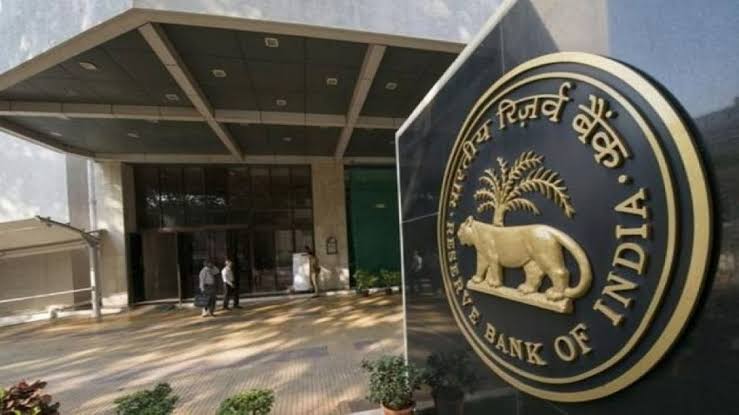
Follow WOWNEWS 24x7 on:
Updated: June 05, 2025 07:00

Shifting Winds in the India-Gulf Aviation Corridor
Strong undercurrents are altering the aviation scene between India and the Gulf. The ages-old battle over landing rights—whether airlines fly where, how frequently, and with what seats—is heating up. Traditionally, carriers based in the Gulf, especially Emirates and Etihad, have had an upper hand here, using diplomatic influence and expansionist strategies. Recent events, however, indicate a change in gears, albeit not in India's favor.
Historical Context: The Emirates Advantage
During the United Progressive Alliance (UPA) years, India’s aviation rights in the Gulf sector were granted with surprising generosity. Emirates capitalized on India’s fragmented aviation policy and Dubai’s diplomatic push, securing prime slots and lucrative routes. This dominance led to a slow erosion of India’s aviation sovereignty, with passenger traffic and profits flowing disproportionately to Gulf carriers.
Etihad’s Entry and the Competitive Reshuffle
The coming of Etihad brought a fresh axis of power, prompting India to reconfigure its diplomatic strategy. The Abu Dhabi carrier asked for equal treatment, and New Delhi officials were caught between a precarious balancing act. Rather than bolstering Indian carriers, governments were bogged down in tricky bilateral pacts that tended to serve Gulf interests.
Current Developments: Policy Revisions and Market Adjustments
Current trends point towards fresh negotiations on aviation rights. Indian carriers are demanding a level playing field, requesting greater access to Gulf routes and level schedules. In contrast, the Gulf airlines are still expanding their presence, building on strategic alliances and fleet upgrades.
Implications for Indian Aviation
Market Access: Indian carriers are unable to get prime slots in Gulf airports, hindering their capacity to compete strongly.
Passenger Traffic: The large Indian expatriate community in the Gulf continues to be a critical market, with Gulf carriers having a stranglehold on this segment.
Policy Changes: Indian authorities will have to revisit bilateral pacts to allow for equitable competition and long-term viability for the country's airlines.
Looking Ahead: Will India Regain Its Aviation Sovereignty?
The changing situation holds both threats and opportunities. While Gulf airlines remain on top, Indian carriers can use policy changes and tactical partnerships to climb back. The next few months will decide if India can change its aviation history or remain bound by past examples.
Source: Arabian Post




